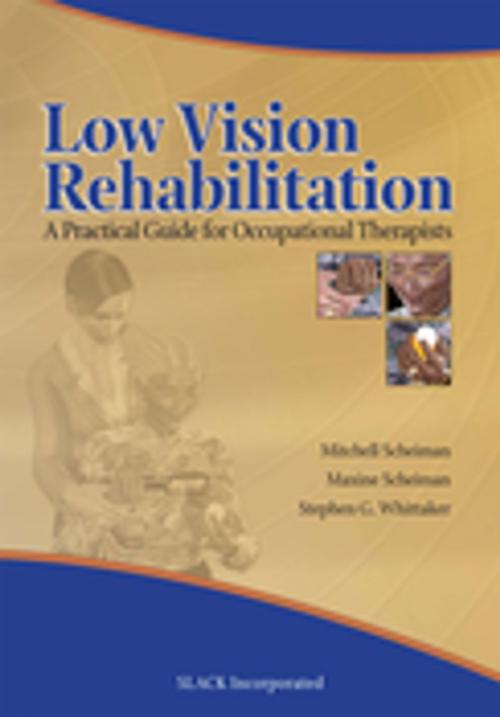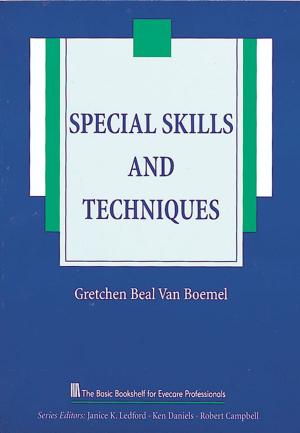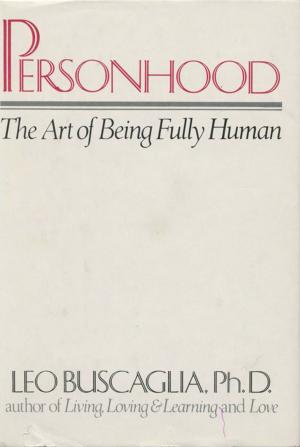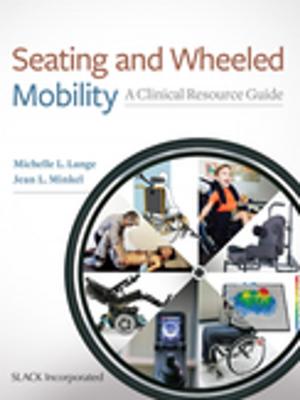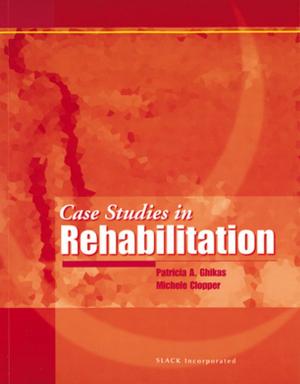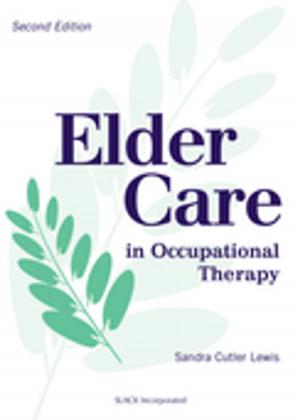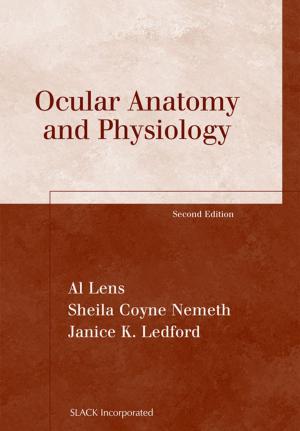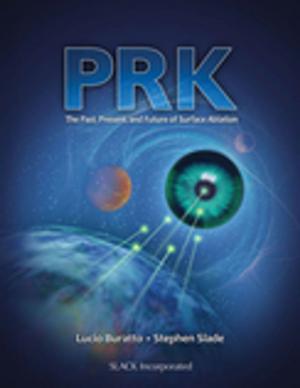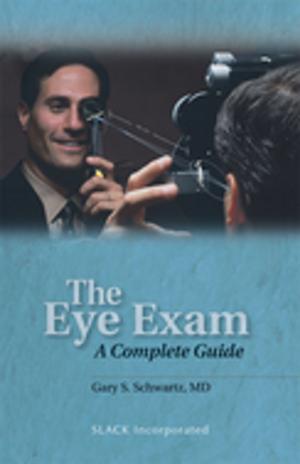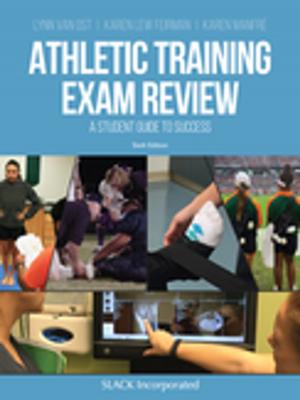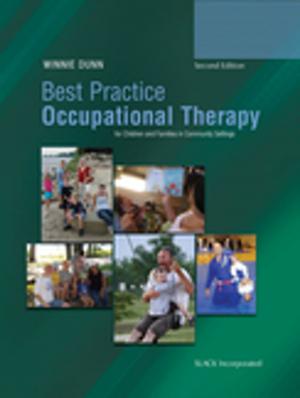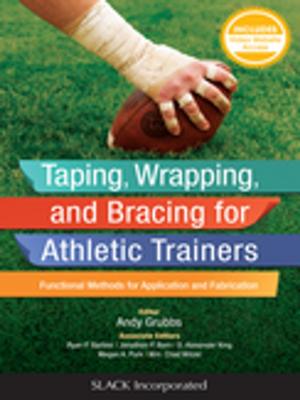Low Vision Rehabilitation
A Practical Guide for Occupational Therapists
Nonfiction, Health & Well Being, Medical, Allied Health Services, Occupational Therapy| Author: | ISBN: | 9781617113802 | |
| Publisher: | SLACK Incorporated | Publication: | December 15, 2006 |
| Imprint: | SLACK Incorporated | Language: | English |
| Author: | |
| ISBN: | 9781617113802 |
| Publisher: | SLACK Incorporated |
| Publication: | December 15, 2006 |
| Imprint: | SLACK Incorporated |
| Language: | English |
Low vision rehabilitation is rapidly growing as a specialty practice for occupational therapists. This growth requires practical, evidence-based information on the evaluation and treatment of the effects of low vision on occupational performance. Responding to this need, Low Vision Rehabilitation: A Practical Guide for Occupational Therapists blends standards of practice that have been developed over 50 years by low vision therapists and optometrists, with the latest scientific research and the unique perspective of occupational therapists. Low Vision Rehabilitation presents an emerging model in which occupational therapists practice as part of a team of vision rehabilitation professionals serving adults with low vision. Occupational therapists offer a unique contribution to the vision rehabilitation team, with a focus on meaningful occupational goals, the incorporation of occupation into therapy, and the orchestration of environmental, social, and non-visual personal factors into a treatment plan. Mitchell Scheiman, Maxine Scheiman, and Stephen Whittaker have developed a practical and straightforward text outlining an evaluation approach to interventions that focus on recovering occupational performance in adults. Special features Incorporates concepts from the AOTA Occupational Therapy Practice Framework: Domain and Process Provides most of the core knowledge required for the ACVREP low vision certification examination and AOTA specialty certification in low vision Includes an occupational therapy vision rehabilitation evaluation consisting of four components: occupational profile/case history, evaluation of visual factors, environmental evaluation, evaluation of occupational performance Emphasizes intervention and low vision rehabilitation treatment including modification of the environment, use of non-optical assistive devices, use of optical devices, and use of computer technology Includes chapters on diabetic management and electronic assistive technology Includes access to a companion website with printable forms and additional resources with text purchase Written by authors who are optometrists, occupational therapists, researchers, and certified low vision therapists (CLVT), Low Vision Rehabilitation employs an interdisciplinary perspective that is unique, practical, and credible. A Doody's Core Title Selection!
Low vision rehabilitation is rapidly growing as a specialty practice for occupational therapists. This growth requires practical, evidence-based information on the evaluation and treatment of the effects of low vision on occupational performance. Responding to this need, Low Vision Rehabilitation: A Practical Guide for Occupational Therapists blends standards of practice that have been developed over 50 years by low vision therapists and optometrists, with the latest scientific research and the unique perspective of occupational therapists. Low Vision Rehabilitation presents an emerging model in which occupational therapists practice as part of a team of vision rehabilitation professionals serving adults with low vision. Occupational therapists offer a unique contribution to the vision rehabilitation team, with a focus on meaningful occupational goals, the incorporation of occupation into therapy, and the orchestration of environmental, social, and non-visual personal factors into a treatment plan. Mitchell Scheiman, Maxine Scheiman, and Stephen Whittaker have developed a practical and straightforward text outlining an evaluation approach to interventions that focus on recovering occupational performance in adults. Special features Incorporates concepts from the AOTA Occupational Therapy Practice Framework: Domain and Process Provides most of the core knowledge required for the ACVREP low vision certification examination and AOTA specialty certification in low vision Includes an occupational therapy vision rehabilitation evaluation consisting of four components: occupational profile/case history, evaluation of visual factors, environmental evaluation, evaluation of occupational performance Emphasizes intervention and low vision rehabilitation treatment including modification of the environment, use of non-optical assistive devices, use of optical devices, and use of computer technology Includes chapters on diabetic management and electronic assistive technology Includes access to a companion website with printable forms and additional resources with text purchase Written by authors who are optometrists, occupational therapists, researchers, and certified low vision therapists (CLVT), Low Vision Rehabilitation employs an interdisciplinary perspective that is unique, practical, and credible. A Doody's Core Title Selection!
